Overview
Overview
MainStay ESG Multi-Asset Allocation Fund* is a packaged investment solution seeking long-term capital growth and current income with an ESG tilt.
A sustainable approach
A holistic portfolio solution balancing ESG related risks with strategic investment goals by offering a diversified portfolio of ETFs that consider ESG factors in their investment strategies.
Combining active and passive
The Fund implements active asset allocation decisions using low-cost index ETFs to prioritize risk mitigation and consistent performance potential.
Innovative ESG integration
The Fund systematically selects from a universe of ETFs screened for ESG characteristics to improve sustainability and reduce total active risk.
Performance
Performance
Performance reflects a contractual fee waiver and/or expense limitation agreement for Class A and I shares in effect through 2/28/24, without which total returns may have been lower. This agreement renews automatically for one-year terms unless written notice is provided before the start of the next term or upon approval of the Board. Contractual fee waiver and/or expense limitation agreement for Class C and R3 shares is in effect through 2/28/24. No initial sales charge applies on investments of $250,000 or more (and certain other qualified purchases).. However, a contingent deferred sales charge of 0.50% may be imposed on certain redemptions made within 18 months of the date of purchase on shares that were purchased without an initial sales charge.
Returns represent past performance which is no guarantee of future results. Current performance may be lower or higher. Investment return and principal value will fluctuate, and shares, when redeemed, may be worth more or less than their original cost. Performance figures reflect a contractual fee waiver and/or expense limitation agreement, without which total returns may have been lower. This agreement shall renew automatically for one-year terms unless written notice is provided prior to the start of the next term or upon approval of the Board.
Portfolio
Portfolio
Distribution & Yields
Distribution & Yields
Distributions may be comprised of ordinary income, net capital gains, and/or a return of capital (ROC) of your investment in the fund. Because the distribution rate and the 12-month rate may include a ROC, they should not be confused with yield or income. Please refer to the most recent Section 19 Notice, if applicable, for additional information regarding the composition of distributions. Final determination of a distribution’s tax character will be made on Form 1099 DIV sent to shareholders each January.
Distribution Rate: The distribution rate measures the percentage return in the form of dividends. It is calculated daily by annualizing the most recent dividend distribution and dividing by the daily share price (NAV or POP). If the Fund did not make a distribution as of the latest scheduled distribution date, "N/A" will be displayed.
12-month Rate: The 12-month rate measures the percentage return in the form of dividends. It is calculated monthly by taking the sum of the trailing 12-month dividend payments divided by the last month's ending share price (NAV or POP) plus any capital gains distributed over previous 12 months. If the Fund did not make any distributions over the previous 12 months, "N/A" will be displayed.
The 30 Day SEC Yield is calculated by dividing the net investment income per share for the first 30 days of the month by the offering price per share at the end of that period. The yield reflects the dividends and interest earned during the period, after the deduction of the Fund's expenses. Yield reflects a fee waiver and/or expense limitation agreement without which the 30 Day SEC Yield would have been lower.
Dividend distributions are the distribution of a dividend to mutual fund shareholders as of a certain date. The following Funds declare daily dividends: NYLI MacKay California Muni Fund, NYLI Floating Rate, NYLI MacKay High Yield Muni Bond Fund, NYLI MacKay U.S. Infrastructure Bond Fund, NYLI Money Market, NYLI MacKay New York Muni Fund, NYLI MacKay Short Term Muni Fund and NYLI MacKay Tax Free Bond.
Fees & Expenses
Fees & Expenses
Team
Team
Offering multi asset strategies, market intelligence, and customized solutions.
Multi-Asset Solution’s (MAS) is New York Life investments’ specialist in multi-asset investing. The team offers multi asset strategies, market intelligence, and customized solutions to its strategic partners. Managed assets include MainStay funds, strategic partnerships and customized solutions with third parties.

Jae Yoon
Chief Investment Officer

Jonathan Swaney
Managing Director

Poul Kristensen
Managing Director

Amit Soni
Portfolio Manager




